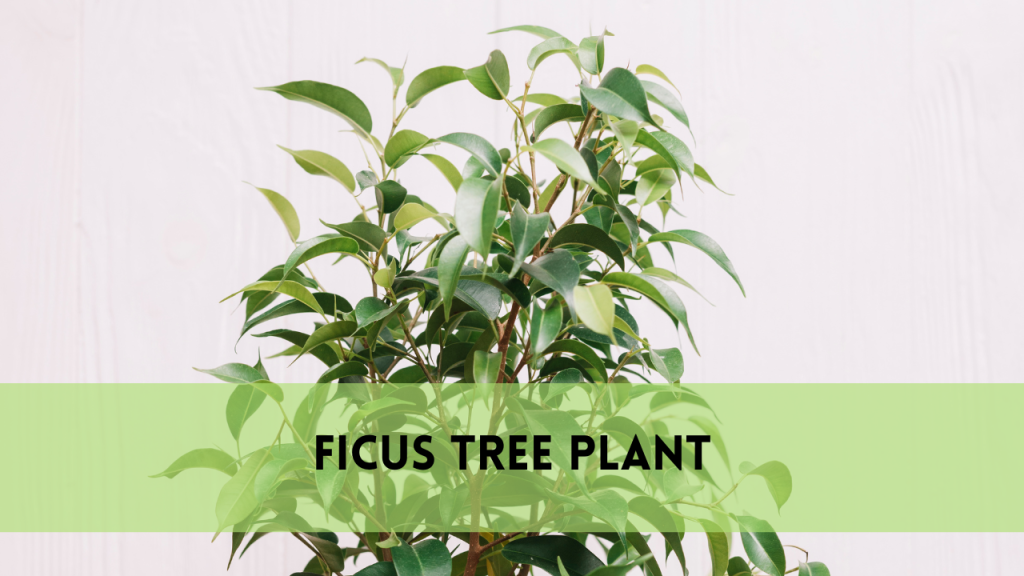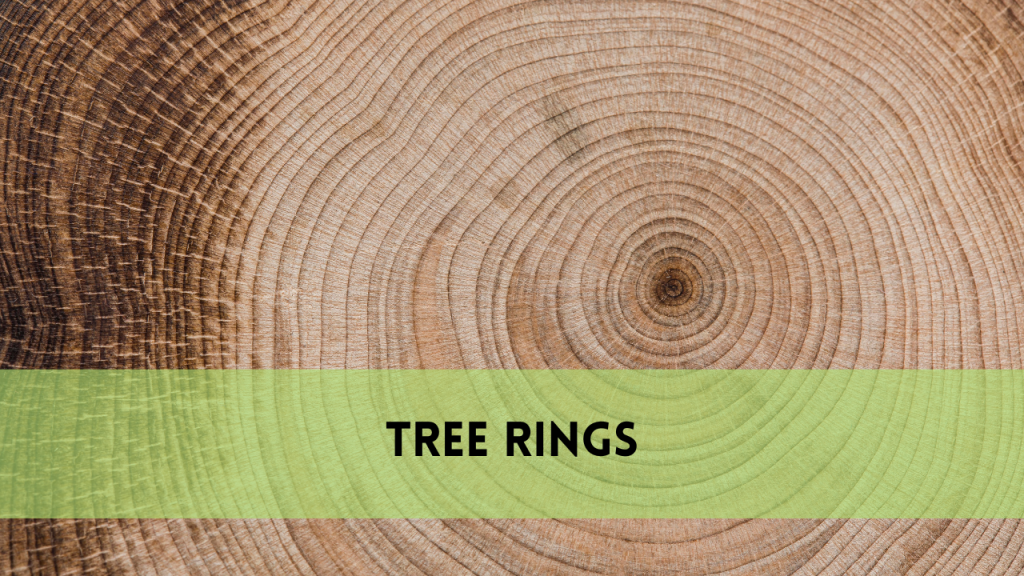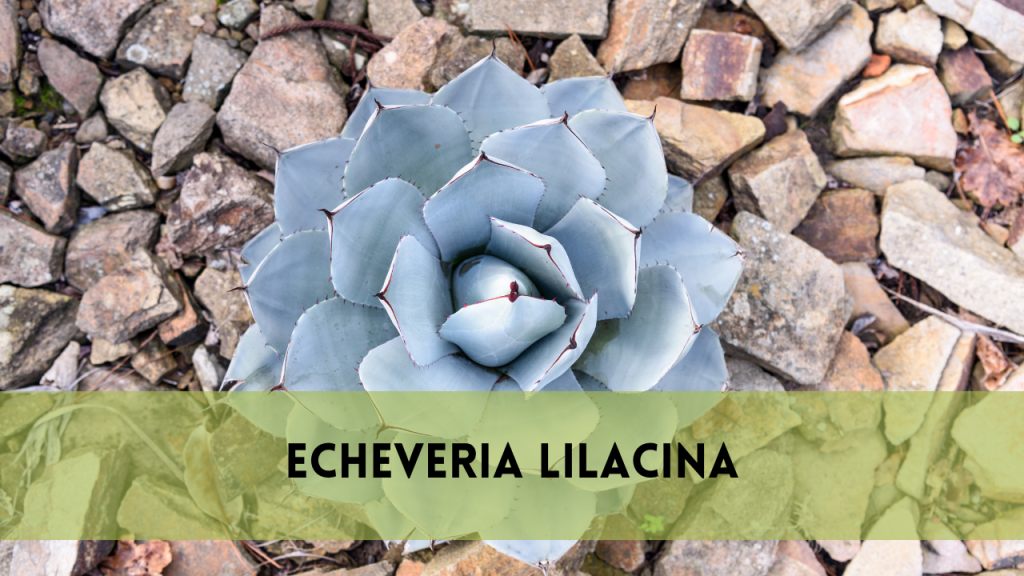With their sweet fruit and gorgeous foliage, Persimmon trees make an excellent addition to any garden or orchard. Proper pruning is vital for their health and productivity. This extensive guide will cover how to trim a persimmon tree, including recommended practices, tools required, and a step-by-step approach.
Importance of trimming persimmon trees
Trimming, or pruning, is critical to the health and productivity of persimmon trees. Here are several main reasons why:
Improve Air Quality: Proper trimming improves air circulation and sunshine penetration, lowering the danger of fungal illness and promoting better fruit growth.
Improved Fruit Quality and Quantity: Trimming regularly promotes the establishment of new, healthy branches that yield high-quality fruit. It also aids in managing the tree’s energy, directing it toward fruit production rather than superfluous foliage.
Maintained Tree Structure and Size: Trimming helps keep the tree in a good form and size, making it easier to gather fruit and manage the tree.
Disease and Pest Management: Removing dead or diseased branches reduces the likelihood of pest infestations and disease transmission.
Tools to trim persimmon tree
Before you begin trimming your persimmon tree, grab the following tools:
Pruning Shears: Used to chop smaller branches and twigs.
Loppers: Used to trim medium-sized branches.
Pruning Saw: Used to chop bigger branches.
Pole pruner: Used to reach taller branches.
Disinfectant: Used to sterilize instruments and prevent the transmission of disease.
Gloves and Safety Goggles: Protect your hands and eyes.
How to trim Persimmon tree?
Inspect the tree thoroughly.
Begin by strolling around your persimmon tree and inspecting it from every angle. Look for branches that look to be dead, diseased, or damaged. Dead branches will be dry and brittle, typically with no leaves or buds. Discoloration, cankers, and odd growths are all possible symptoms of diseased branches. Damaged branches may be cracked, split, or broken.
Identify branches that cross or rub against one another. These can cause wounds, which attract infections and parasites. Take note of these branches for removal.
Remove any dead, diseased, or damaged branches.
Use pruning shears for small branches, loppers for medium-sized branches, and a saw for bigger branches. Make clean cuts immediately above the branch collar, a swelling area where the branch joins the trunk.
This allows the tree to heal properly.
Ensure your cuts are smooth and slightly slanted away from the bud or surviving branch to allow water draining and prevent rot.
Thin out the canopy
To promote air circulation and light penetration, begin by cutting any branches growing inward toward the tree’s heart. This opens up the canopy, allowing sunlight to reach the inner branches.
Remove any overcrowded or overlapping branches. Concentrate on the higher section of the tree first, as it frequently becomes denser. Selectively prune branches to create a more open, well-spaced structure, with equally spaced limbs that enable sunshine to pass through.
Shape the tree
Choose the ideal shape for your tree. To create a vase-shaped tree, eliminate branches that grow towards the center. This design allows light to penetrate while encouraging healthy growth.
If you like a central leader structure, keep a single dominant trunk and regularly spaced lateral branches. Remove competing leaders and ensure lateral branches are evenly distributed around the trunk.
Shorten Long Branches
Identify branches that are too long or out of proportion to the rest of the tree. Cut these branches back to a healthy bud or lateral branch growing in the desired direction. This promotes the growth of new fruiting wood and helps the tree maintain its shape.
When shortening a branch, cut slightly above an outward-facing bud. This guides new development away from the tree’s center, resulting in a more open structure.
Remove the suckers and water sprouts.
Suckers are branches that sprout from the tree’s base or roots. Water sprouts are robust, vertical shoots that emerge from branches. Both can siphon energy from the primary tree, resulting in little to no fruit.
Regularly inspect the tree’s base and branches for suckers and water sprouts. Quickly remove them using pruning shears or loppers. Make clean cuts near the place of origin to prevent regrowth.
Sterilize your tools
After trimming, sanitize your instruments to prevent illnesses from spreading to neighboring plants. Use a household disinfectant or a solution of one part bleach and nine parts water.
After you have sterilized your instruments, properly rinse them with clean water. This technique guarantees that no toxic residues remain on the instruments, which could harm other plants. Regular tool sterilization promotes plant health and reduces cross-contamination in your garden or orchard.
When to Trim Persimmon Trees?
Trimming persimmon trees is best done during their dormant season, from late winter to early spring. Trimming during dormancy decreases stress on the tree and the danger of disease. Trimming should be avoided in late summer or fall because it can stimulate new growth that does not harden before winter.
Avoiding Over-Trimming Persimmon Tree
Over-Trimming: Removing excessive foliage can stress trees and diminish fruit production. Only cut about 25-30% of the canopy in a single season.
Improper Cuts: Make clean cuts right above a bud or lateral branch. Avoid leaving stubs, which can spread disease.
Ignoring Suckers and Water Spouts: Regularly remove suckers and water sprouts to ensure that the tree’s energy is directed toward productive growth.
Trimming in the Wrong Season: Trim during the dormant season to reduce stress and disease risk.
Post-Trimming Care of Persimmon Tree
After cutting your persimmon tree, apply adequate care to guarantee it recovers and thrives.
Watering: Water the tree deeply and frequently, especially during dry spells.
Mulching: Apply a layer of mulch around the tree’s base to keep moisture in and weeds out.
Fertilizing: Use a balanced fertilizer in early spring to promote new growth and fruit output.
Monitor the tree for symptoms of stress, disease, or pest infestations. Any difficulties should be resolved as soon as possible.
FAQS
Can I cut my persimmon tree in the summertime?
Trim persimmon trees during their dormant season (late winter to early spring). Trimming in the summer can stimulate new growth that may not harden off by winter.
How much should I cut the persimmon tree?
Remove 25-30 % of the canopy in a single season to avoid stressing the tree. Concentrate on eliminating dead, diseased, or crossing branches and thinning the canopy.
What shall I do with the trimmings?
Properly dispose of trimmings by composting or transporting them to a green waste center. Avoid leaving them near the tree since they can attract pests and diseases.
What disinfectant can I use to sanitize my tools?
To sterilize your tools, use a household disinfectant or a solution of one part bleach and nine parts water. Rinse them thoroughly with clean water afterward.
How frequently should I cut my persimmon tree?
Trimming the tree every 1-2 years helps keep it healthy and productive. Annually, inspect the tree and trim it as needed to eliminate dead or diseased wood and maintain its shape.
Conclusion
Trimming a persimmon tree is a vital practice that improves the tree’s health, productivity, and aesthetic appeal. To ensure your persimmon tree flourishes and provides high-quality fruit, take a systematic strategy that includes checking the tree, removing dead or diseased wood, reducing the canopy, shaping the tree, cutting long branches, and eliminating suckers and water sprouts. Regular trimming during the dormant season and proper care, such as watering, mulching, and fertilizing, will help the tree retain vitality and output. Magnolia Tree Removal recognizes the necessity of professional tree care.




